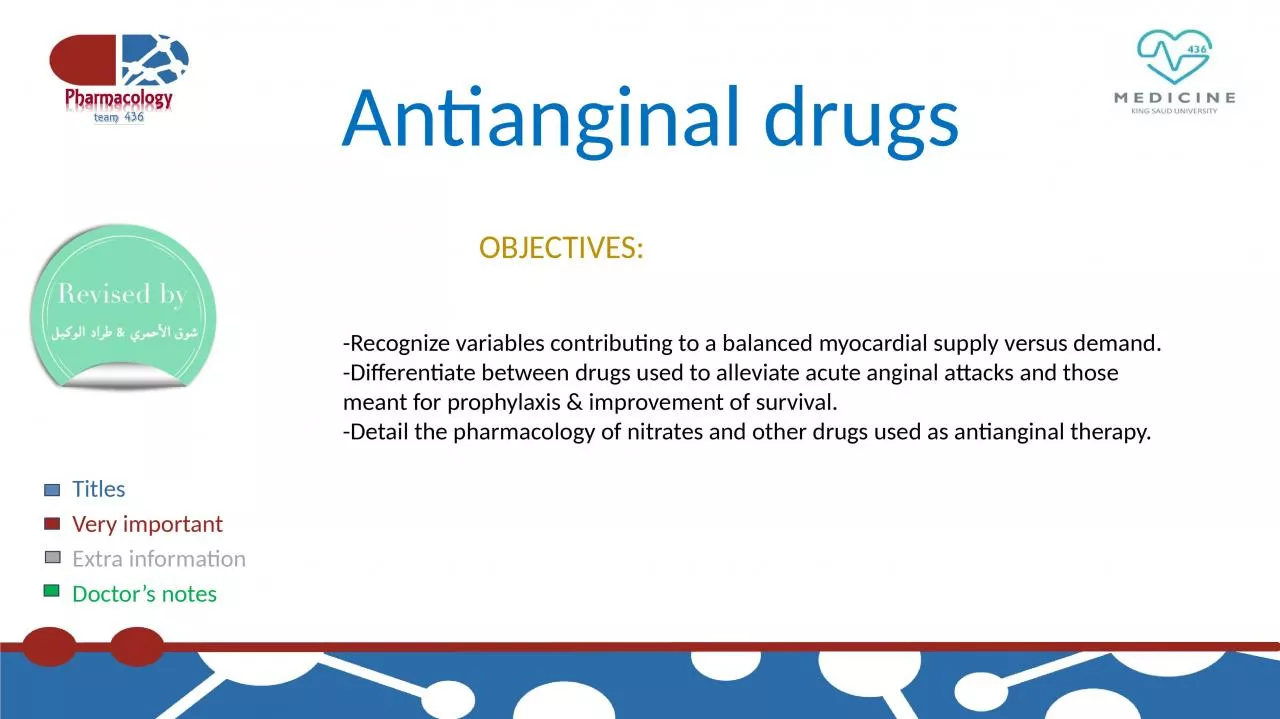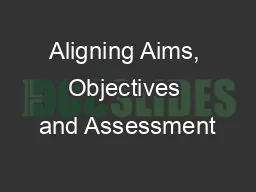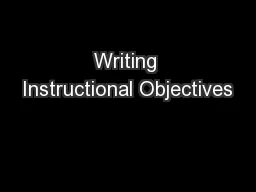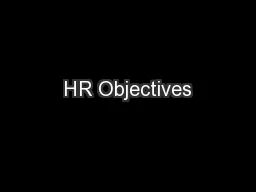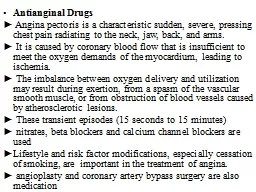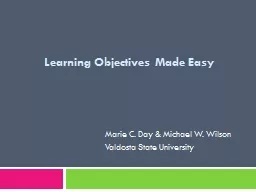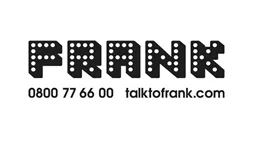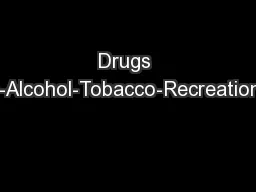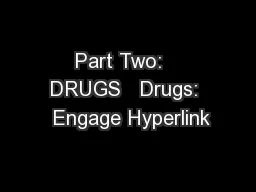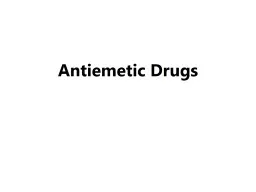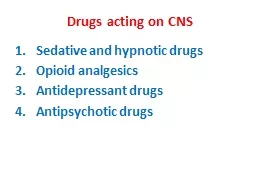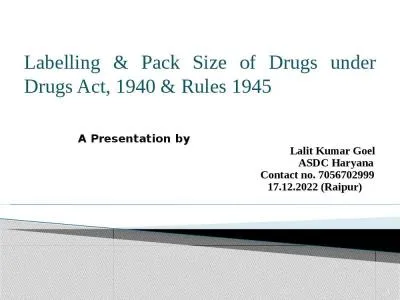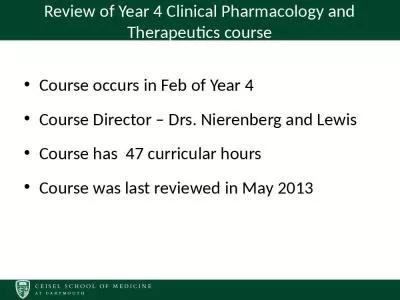PPT-Antianginal drugs OBJECTIVES:
Author : elysha | Published Date : 2023-12-30
Recognize variables contributing to a balanced myocardial supply versus demand Differentiate between drugs used to alleviate acute anginal attacks and those meant
Presentation Embed Code
Download Presentation
Download Presentation The PPT/PDF document "Antianginal drugs OBJECTIVES:" is the property of its rightful owner. Permission is granted to download and print the materials on this website for personal, non-commercial use only, and to display it on your personal computer provided you do not modify the materials and that you retain all copyright notices contained in the materials. By downloading content from our website, you accept the terms of this agreement.
Antianginal drugs OBJECTIVES:: Transcript
Download Rules Of Document
"Antianginal drugs OBJECTIVES:"The content belongs to its owner. You may download and print it for personal use, without modification, and keep all copyright notices. By downloading, you agree to these terms.
Related Documents

